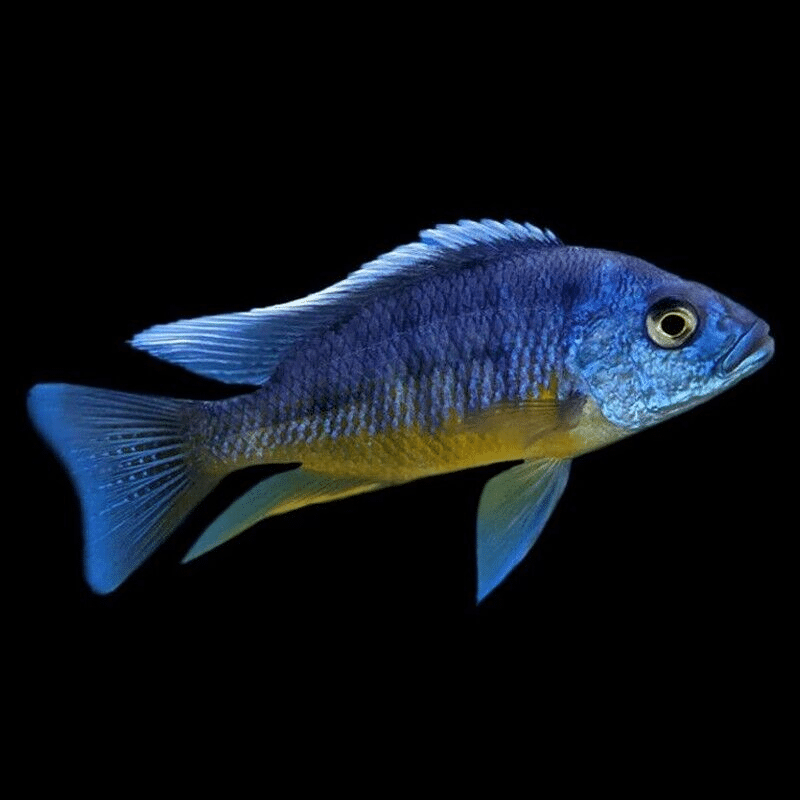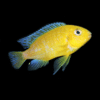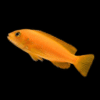To provide the best experiences, we use technologies like cookies to store and/or access device information. Consenting to these technologies will allow us to process data such as browsing behaviour or unique IDs on this site. Not consenting or withdrawing consent, may adversely affect certain features and functions.
The technical storage or access is strictly necessary for the legitimate purpose of enabling the use of a specific service explicitly requested by the subscriber or user, or for the sole purpose of carrying out the transmission of a communication over an electronic communications network.
The technical storage or access is necessary for the legitimate purpose of storing preferences that are not requested by the subscriber or user.
The technical storage or access that is used exclusively for statistical purposes.
The technical storage or access that is used exclusively for anonymous statistical purposes. Without a subpoena, voluntary compliance on the part of your Internet Service Provider, or additional records from a third party, information stored or retrieved for this purpose alone cannot usually be used to identify you.
The technical storage or access is required to create user profiles to send advertising, or to track the user on a website or across several websites for similar marketing purposes.















Emily Carter (verified owner) –
I recently added the Blue Orange Insignis Cichlid to my 75-gallon community tank, and I couldn’t be happier! After a couple of weeks, I can confidently say this tropical fish is not just beautiful but also incredibly interactive. Their vibrant colors light up the tank, and they have such charming personalities. I appreciate how well they adapt to their environment; I had them acclimated within just a few hours.
Compared to other cichlids I’ve kept, such as the more aggressive species, these guys are relatively peaceful, making them perfect for a diverse aquarium. They love to explore the rocks and plants, showcasing their natural behavior, which I believe is essential for their welfare.
One minor concern: they do need a bit of space for swimming, so be mindful of that while setting up your tank. Overall, I highly recommend the Protomelas Spilonotus for both new and experienced aquarists. If you’re looking to enhance your aquarium with stunning colors and a friendly demeanor, this is the perfect choice!